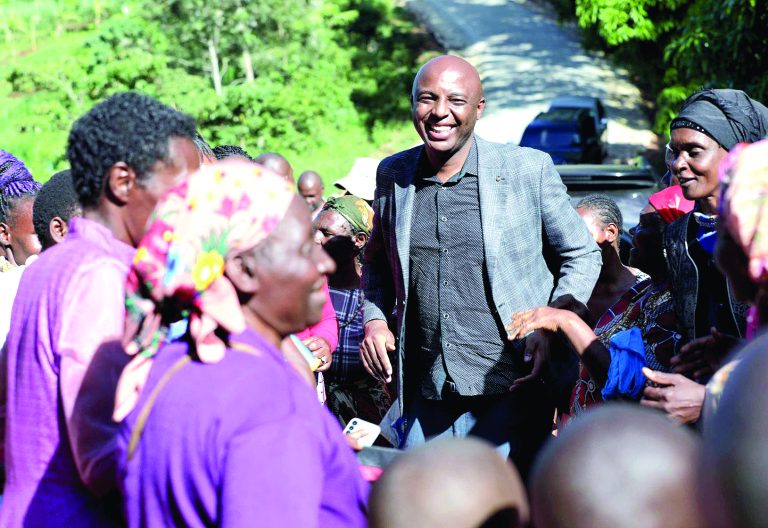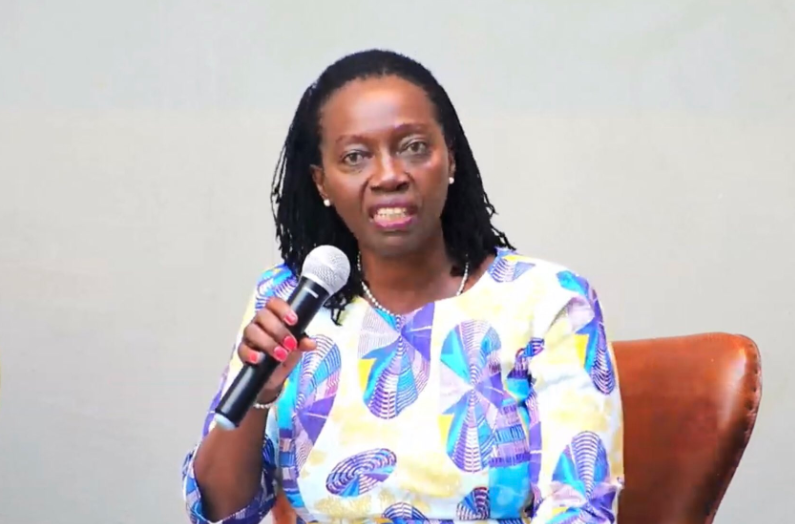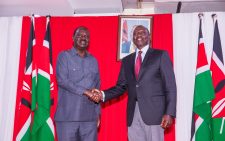Sh10,000 for babies: Kanga’ta welfare scheme fishy

Murang’a Governor Irungu Kang’ata has embarked on a misguided social experiment that amounts to gambling with taxpayer money.
Under a health insurance scheme that he conceitedly calls Kang’ata Care, he offers newlyweds and new parents Sh10,000 in cash handouts.
Rejecting suggestions that the programme is intended to encourage population growth, he recently explained that the dole is meant to help “vulnerable families”.
But the scheme demonstrates the risks of ill-conceived county programmes and how well-meant local initiatives can inadvertently undermine national policy objectives.
The National Population Policy for Sustainable Development, launched in June 2024, focuses on improving the quality of life for Kenyans by managing population growth, ensuring access to family planning services, and promoting gender equality, according to the National Council for Population and Development.
The policy seeks to promote informed choices about family size and reduce fertility rates, as well as improve health and increase life expectancy, with a focus on maternal and child health.
Kang’ata’s paternalistic programme, which many see as encouraging more births, sends mixed messages to Murang’a residents, because it appears to work at cross purposes with the national population policy.
There’s a constitutional concern here, too. Though the Constitution does not explicitly assign population policy as a national government function, the role is a national jurisdiction by tradition and hasn’t been devolved.
If counties were allowed to set their own population targets, this would complicate national planning for infrastructure and services.
Regardless of the publicly stated goals of the Murang’a scheme, offering thousands of shillings to honeymooners and new parents is likely to encourage behaviour that contradicts national family planning objectives.
Kangata’s scheme raises other questions, including whether a special “population problem” exists in Murang’a that the governor feels compelled to fix.
From afar, it doesn’t look that way. The 2019 census shows that the county had a little over one million people, with projections to hit over 1.1 million by this year. Murang’a presented a typical pyramid structure with a youthful population at the base – about 40 per cent of residents were under 15 years old.
On gender, there were slightly more females than males (51 per cent against 49 per cent).
Significant migration to metro Nairobi and elsewhere for work means that some areas of the county have higher proportions of women, children and the elderly.
In other words, Murang’a looks pretty much like a typical Kenyan county, not an outlier.
Kang’ata explains that his programme is meant to help needy families. That’s not a convincing line.
If he doesn’t want taxpayers to draw the wrong conclusions, maybe he should restructure the scheme to support genuinely disadvantaged families without linking aid specifically to new marriages or births.
One way would be to base family support on verifiable needs rather than marital or birth status.
He could set an income threshold, so that households below a certain line could get help regardless of family structure.
Or he could shift focus to supporting existing children through school meal programmes or educational supplies.
The governor is smart enough to grasp that his financial incentives are likely to distort marriage and childbearing decisions.
He would recognise that county initiatives need to align with national priorities, and Murang’a shouldn’t be promoting programmes that undermine the national population policy, which emphasises family planning and responsible parenthood.
The writer is a Sub-Editor with People Daily















